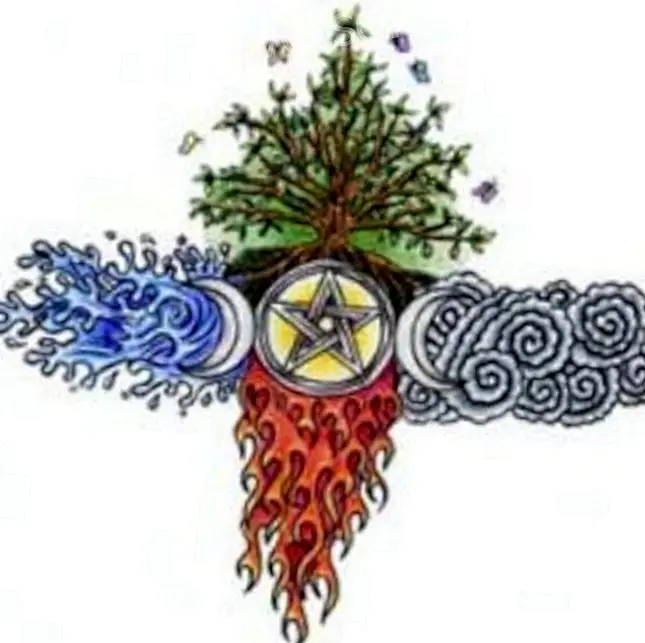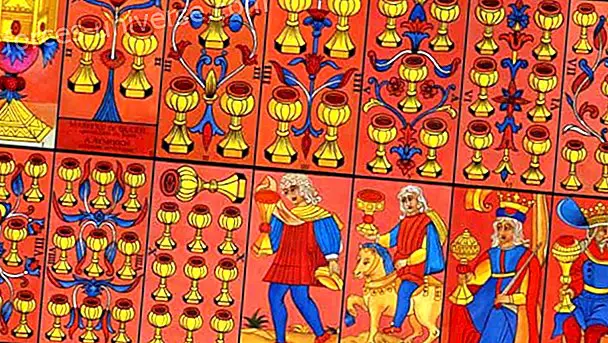
Basic instructions for the study of Energy Grids with the Google Earth “UVG Grid compiled by B. Hagens”
GOOGLE EARTH installation
First of all we must install the basic Google Earth program, which is available for PC and Mac-free! You can download it at https://earth.google.com.
This program is the engine used to explore the grid data that B. Hagens has compiled.
Download KMZ file to explore the UVG grid with Google Earth
Secondly, we must download the data from the UVG Grid grid compiled by B. Hagens, and then use it with Google Earth.
You can download it from the brotherhood Casablanca:
UVG Grid compiled by B. Hagens KMZ (24.9 KiB, 2 hits)
Or from its original site:
- Download the file in a convenient location on your computer and do not open it until you have installed Google Earth on your computer.
- Run Google Earth and select “open” from the “file” menu, then find the “UVG Grid compiled by B. Hagens.kmz” file and select it to open in Google Earth.
You can see that in the menu on the left inside the "Temporary Places" the "UVG Grid compiled by B. Hagens.kmz" now appears.
This file is owned by Bethe Hagens © 2006, and is not for sale. Please feel free to share it.
 How to see and hide the lines of the energy grids
How to see and hide the lines of the energy grids
You can see “UVG Grid compiled by B. Hagens” in many ways.
- Make sure you can see the toolbar sidebar, and if not, select "sidebar" from the "view" menu of Google Earth.
- Select "Places" inside the "sidebar" and then "Temporary Places", here you can find the "UVG Grid compiled by B. Hagens", then display the file until you access the following groups:
1) 15 Hoop Grid Places
2) UVG Basic Grid Lines
3) Regular Geometric Figures
4) Jim Alison Circle Projection
You can view or hide each group by selecting or deselecting it in Google-Earth.
Each group has sub-groups where the content is detailed, in the same way you can deselect the sub-groups to visualize or hide a specific element.
The “Regular Geometric Figures” group contains all the different geometric figures and large circles that make up the UVG grid. The edges of many of the figures overlap each other, and sometimes meet to create "big circles."
Each line of the UVG is part of a large circle (equator) that divides the Earth in half. This is the great change we have made, both Bill Becker and me, within the “planetary grid” project in 1970 of three Russian brothers, Makarov (an engineer), Morozov (linguist), and Goncharov (historian). I visited Makarov in Moscow in 1994, and he told me that in his opinion, the dodecahedron is fundamental. These geometric figures are closely aligned with the Meso-Atlantic mountain range. That was its beginning and origin for the orientation of the grid. The archaeological alignments came later, such as aligning Pt. 1 because of the proximity to the Great Pyramid of Gizeh.
Bill Becker, with whom I collaborated closely on this project for 12 years from 1981 to 1993, was a colleague of Buckminster Fuller. Bill's project was that through the first impression of the grid devised by the Russians he had discovered that it was an incomplete synergistic structure. He realized that the red arrows of the "force" coincided with a relatively unknown figure at the moment: The Rustic Tetrahedra.
This geometric figure, the rhombic tetrahedron, has become the basis of the investigation of the new geometries of carbon 3 and quasicrystal. By adding these line segments, we discover that the entire network consists of 15 large circles (hoops) (theory that is related to the mythology of the Lakota Indians). The 15 rings shape 120 identical equilateral triangles, which remind us exactly of Plato's description of the divine feminine, vessel in Timaeus.
The basic UVG grid -conceptualized as a "crystal" and each triangle having a flat surface-, should be named as a Hexaquisicosahedron. We believe that the synergistic structural principles of this geometry are characteristic of the sets of elements on Earth.
COLOR CODE
The vertices (corners) of the five Platonic solids - and two other regular figures of diamond faces, the rhombic triacontahedron and the rhombododecahedron - align with the 62 points of the grid ("corners") of the basic UVG grid (a Hexaquisicosahedron " spherical"). Several of the figures can be placed within the 62 grid points in more ways than one. A tetrahedron, for example, can be aligned in 10 different positions. The UVG grid maps, all of them, have different possibilities. In the following list, the number in the parentheses after the name of a figure indicates the number of possible positions.
Line color Geometric Association Esoteric Meaning
Red Tetrahedral edges (10) Fire
Yellow Cubic Edges (5) Earth
White Octahedral Edges (5) White
Black Icosahedral edges (1) Water
Green Dodecahedral edges (1) Air
Dark Blue Dodecahedron Rombico (5)
Rhombic Triacontahedron Violet (1)
Ensembles of “Great Circles” Icosahedral of Buckminster Fuller
Orange Big circles "YANG"
(Each circle connects a vertex of the dodecahedron's antipode through two octahedral vertices)
Light blue Large circles "YIN"
(Each circle connects a vertex of the icosahedron antipode through two octahedral vertices)
Lime green Large circles of EQUILIBRIO
(Each circle connects the antipodes of the octahedral vertices through an octahedron of 8 vertices)
-
The author of this manual is Bethe Hagens,
The original page is in
The translation has been made in the Virtual City of the Great White Brotherhood.
https://hermandadblanca.org/






